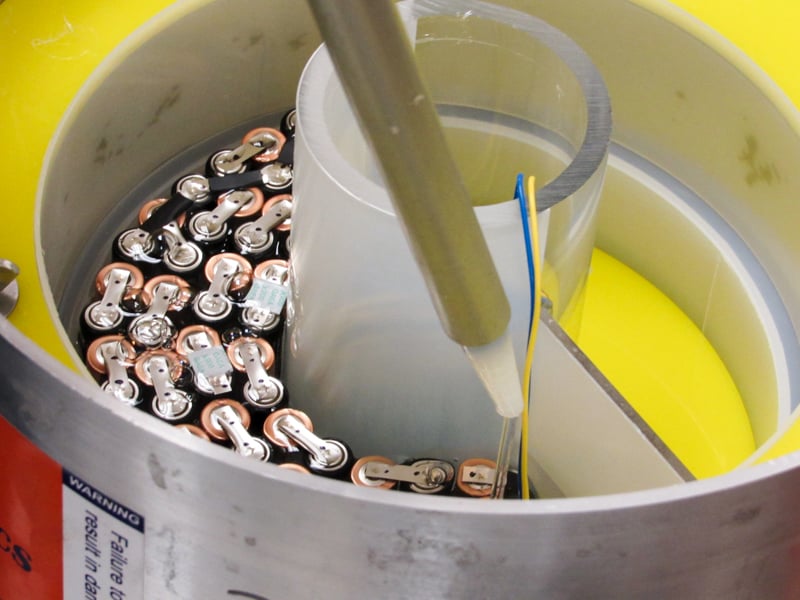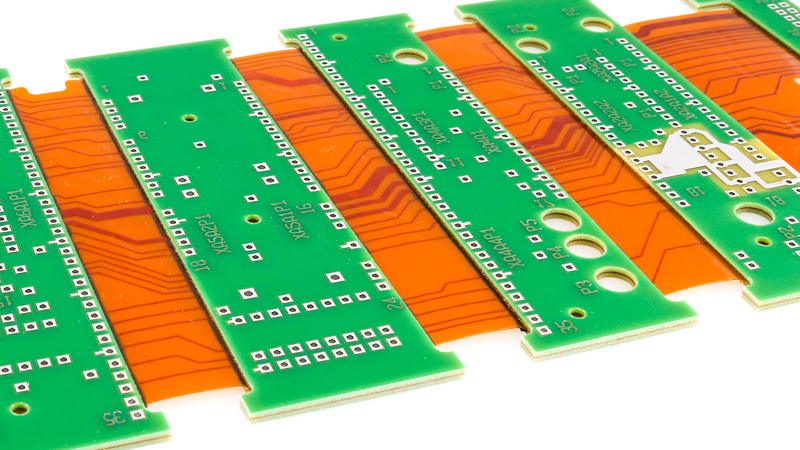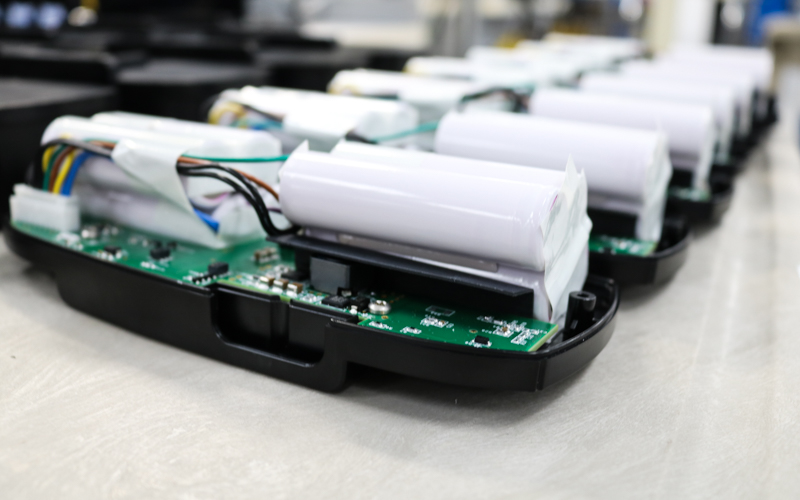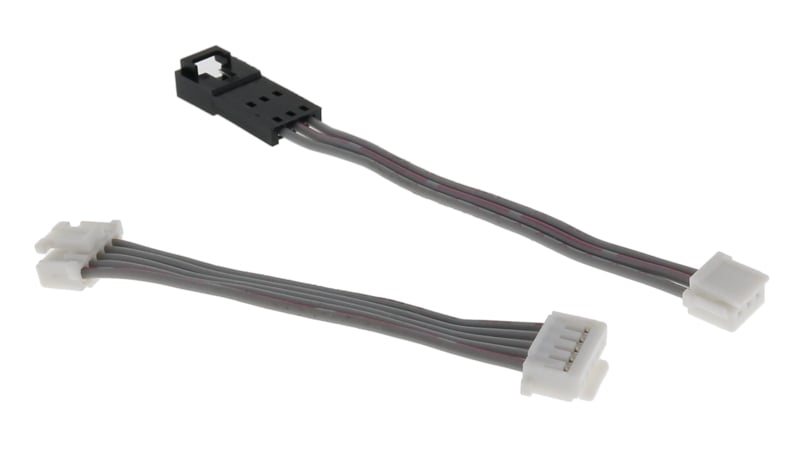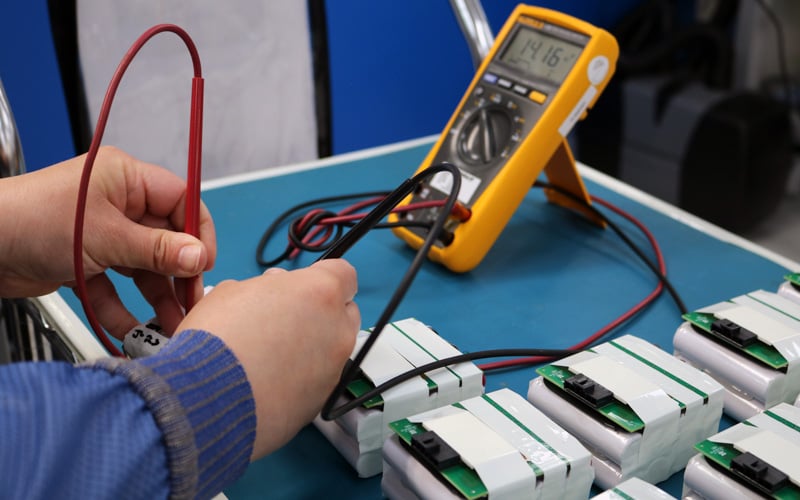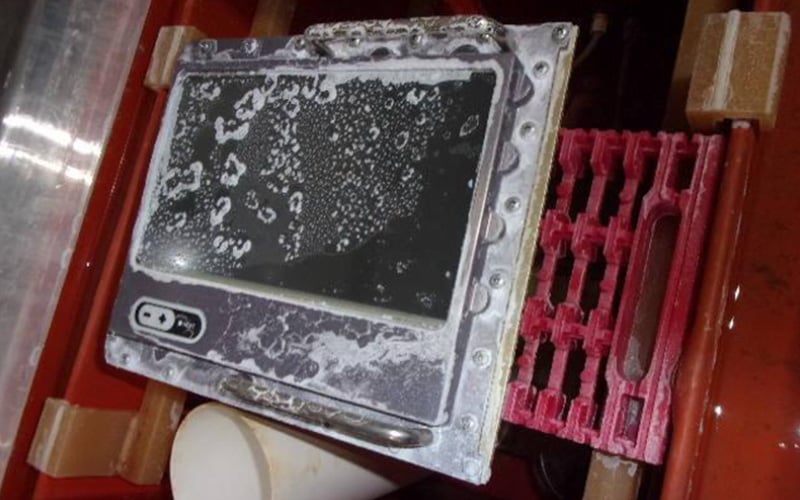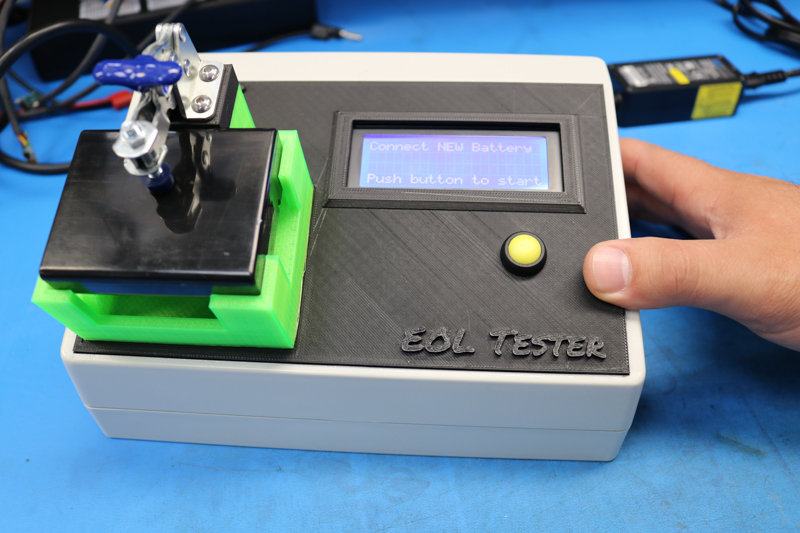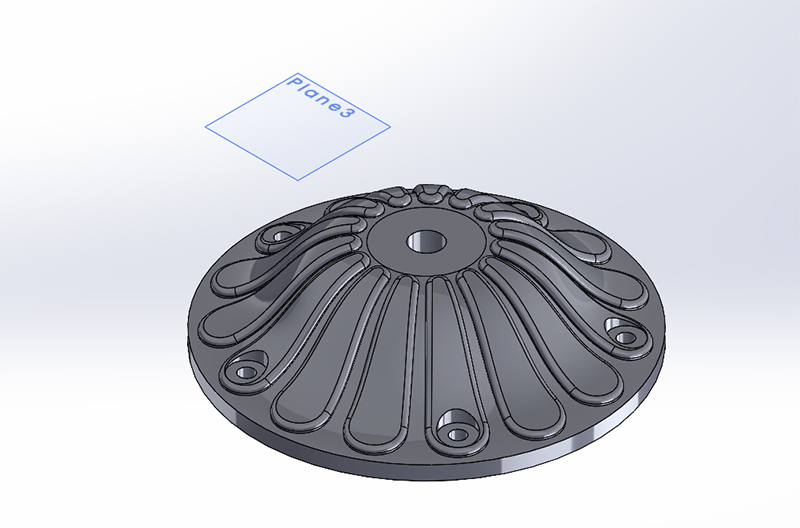Flexible heaters offer a way for commercial, industrial, and mil-aero applications to receive the desired heat at specific places. These heaters can be used for multiple purposes, from keeping food warm in cafeterias and drying up condensation in aerospace control panels to being used to control temperatures in medical equipment.
Consumers use battery packs for devices used in diverse environments. While the ideal device would experience cool temperatures without drastic temperature changes and be free from corrosion, chemicals, water, shocks, and vibrations, this setup is not always the case. Some devices used in chemical manufacturing processes may experience chemical exposure. Other devices used outdoors may have to deal with harsh temperatures and an abundance of moisture.
Mechanical bend reliability is a critical element in a successful flex or rigid-flex PCB design. One area that can have a significant impact is the transition line(s) that occurs from a rigid area, in a rigid-flex circuit design, or from a stiffened area, in a flex circuit with stiffeners design, to the flex layer(s) only areas.
The appeal of lithium-based batteries for products has grown immensely. They provide high amounts of power while being light enough for portable devices. However, the battery chemistry is considered unstable, as it requires a battery management system to monitor the pack's temperatures, State of Health (SoH), State of Charge (SoC), and other factors. If the battery should experience a short or thermal runaway, it could cause the pack to catch fire or explode.
At the conclusion of our webinar, Dealing With Component Shortages That Impact Battery Packs Designs, we had several questions submitted to our presenter, Randy Ibrahim, Battery Development Consultant at Epec. We have compiled these questions into a readable format on our blog.
Printed text and other markings along wire jackets serve multiple purposes. What may appear as gibberish text on the outside of a cable is likely meaningful information that can be used to quickly determine the wire size, voltage rating, and the relevant industry certifications that the cable meets.
Designing a custom battery pack for your application requires figuring out the power specifications. Yet there are several other considerations that dictate the type of battery chemistry to use. In addition to the current, capacity (amp-hours), size requirements, cell configuration, and the number of cells for the battery pack within the application, the voltage must also be determined.
Sodium chloride, which is otherwise known as NaCl, table salt, or sea salt, is an important mineral that has found its way into all aspects of our everyday lives. Salt can be both a good and a bad thing, and this largely depends on the situation.
Manufacturing custom battery packs requires comprehensive input from the customer. A customer offers details regarding the application, the power requirements of the battery, and the type of shelf life for the battery pack. The customer also expects battery testing to occur at the end of production to ensure quality and that the battery will work for the application.
Solid modeling is the process of constructing a 3D model through a series of additive and subtractive operations while always maintaining a calculable volume. Surface modeling is the process of constructing a 3D model through the process of defining each of the faces that are present in its geometry.


